#DecliningSales
These 16 Cars Are Bucking America's Anti-Car Trend in 2017
Through the first eight months of 2017, consumers across America have acquired 12 percent fewer new passenger cars than during the first eight months of 2016.
That’s a drop of 565,000 sales, a rate of decline that stands in stark contrast to the U.S. auto industry’s 4-percent year-over-year light truck improvement. Cars now account for just 37 percent of all auto sales, down from more than 50 percent as recently as 2012. But it’s not all doom and gloom. Some auto brands are selling more cars this year than last, and a wide variety of cars are accelerating their sales pace. Subaru, for example, has already sold 17,981 more Imprezas in 2017 than in the same period of 2016.
So we’ve compiled a list of every passenger car that’s making meaningful headway in America’s anti-car market — the cars that are selling more and more often even as many of their competitors suffer under the weight of a pro-F150, pro-RAV4, pro-Escalade ESV wave.
The list is not very long.
Fiat Chrysler Automobiles Has Now Been Losing Sales For 12 Consecutive Months
August 2017 represented the twelfth consecutive month in which U.S. sales at Fiat Chrysler Automobiles declined on a year-over-year basis.
FCA volume slid 11 percent in August, a loss of nearly 21,000 sales, as retail and fleet volume declined. The decreases were most keenly felt at Jeep and Chrysler, which tumbled 15 percent and 33 percent, respectively. But Dodge, Ram, and Fiat sales also reported losses compared with August 2016.
More troubling than the poor August results, however, is the predictability of August’s results. FCA’s disappointing trendline began in September 2016. Year-over-year, FCA lost 187,000 sales over the last 12 months.
June 2017 U.S. Auto Sales Likely Slid for a Sixth Consecutive Month As Incentives and Transaction Prices Rise
Automakers likely sold fewer than 1.5 million new vehicles in the United States in June 2017, a modest decrease of around 2 percent compared with June 2016.
While auto sales remain high by historic standards — 1.48 million sales would still make June 2017 more than 15-percent better than the 1.33 million June average from 2011-2015 — June nevertheless represents the persistence of a negative trend.
After 2016 ended with a December boom to close out the highest-volume year on record, auto sales in the United States declined on a year-over-year basis in each of 2017’s first five months. A 2-percent drop in June, worth roughly 30,000 lost sales, will run the streak of decreases to a full half-year.
The American auto industry’s decline comes as automakers continue to incentivize heavily and, fortunately for manufacturers, consumers grow ever more willing to pay higher prices.
Vanishing Act: America's 10 Most Rapidly Declining New Vehicles in 2017
The U.S. auto industry is shrinking. But only by a little bit.
Auto sales through the first five months of 2017 are down just 2 percent, a drop of roughly 140,000 sales across the entire industry. Aside from high inventories and rising incentives, it’s not all doom and gloom. 2016 was the highest-volume year in the history of the American auto industry — a 2-percent drop is hardly catastrophic.
This is therefore not 2009, when virtually every new vehicle suffered decreased volume. Many new vehicles are surging, selling significantly more often this year than last.
But in a declining market, many other nameplates are in fact losing sales. Many sales. We’ve compiled a list of the 10 volume nameplates losing U.S. sales most rapidly.
Smart Follows Opel Out Of Australia Amid Weak Sales
In 2013, Opel left Australia amid poor sales in the land down under. This year, it’s Smart that is bowing out of the market.
Dwindling Cabriolet Market Affecting Automakers, Suppliers Alike
If you’re a fan of convertibles, then you may find your selection dwindling as more consumers go for a different image, affecting automakers and suppliers alike.
Cadillac's Peffer Resigns Amid Falling Sales
Sales of Cadillac’s lineup have fallen as of late in comparison to last year’s figures, prompting the brand’s U.S. vice president of sales and service, Bill Peffer, to resign his post.



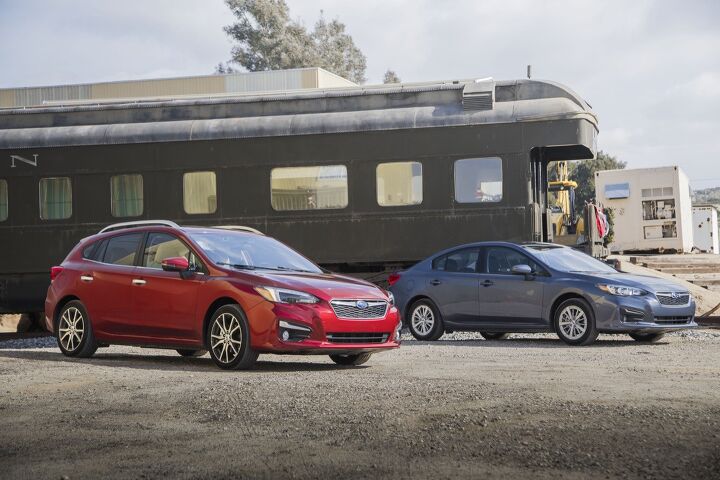
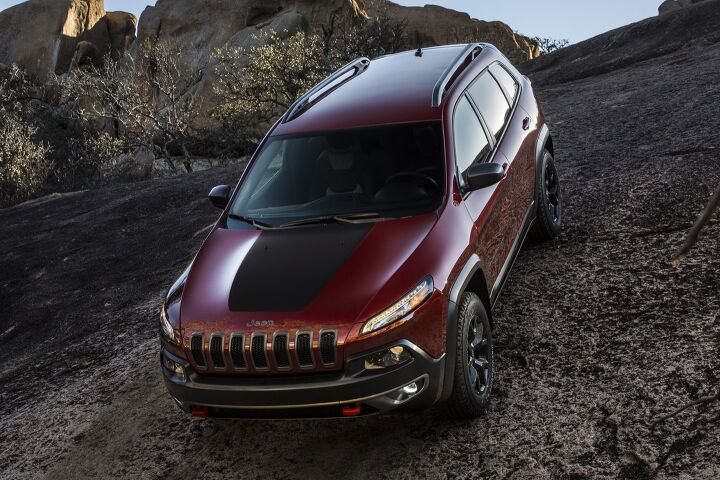

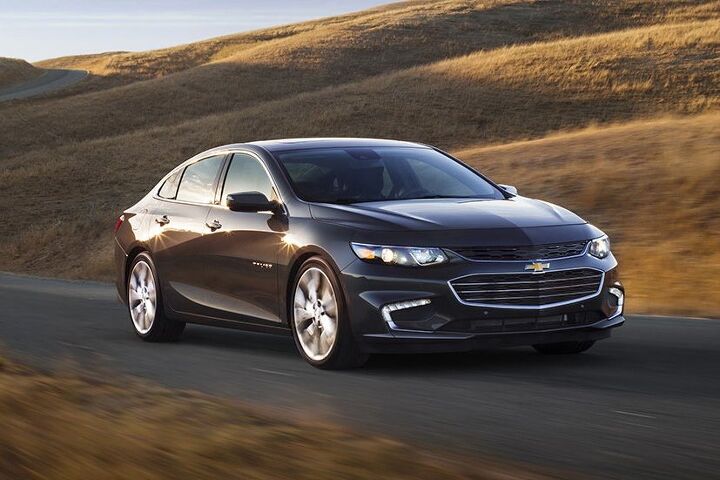


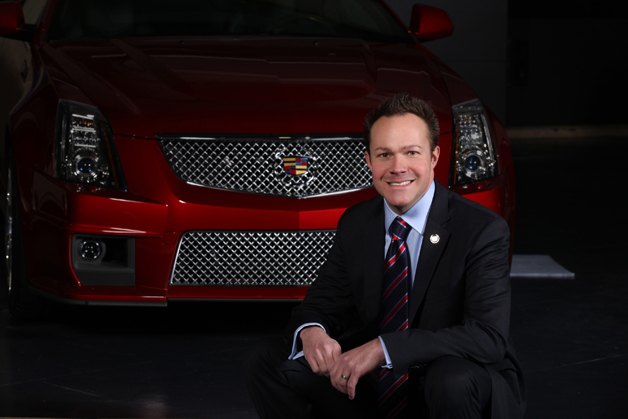
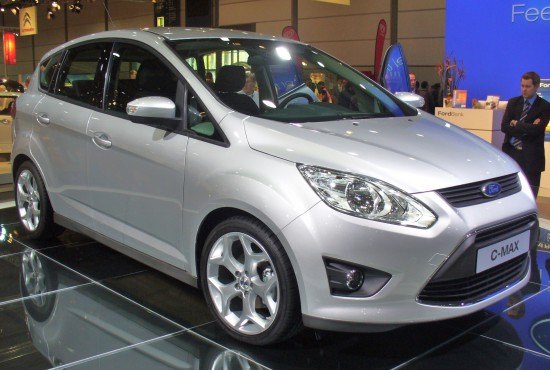












Recent Comments